Percent Increase and Decrease Worksheets
If you're in need of worksheets that help students understand percent increase and decrease, you've come to the right place. These worksheets provide a valuable resource for educators and parents who want to reinforce this important math concept. Designed for students in upper elementary and middle school, these worksheets allow learners to practice calculating percent change in a structured and engaging way.
Table of Images 👆
More Other Worksheets
Kindergarten Worksheet My RoomSpanish Verb Worksheets
Cooking Vocabulary Worksheet
DNA Code Worksheet
Meiosis Worksheet Answer Key
Art Handouts and Worksheets
7 Elements of Art Worksheets
All Amendment Worksheet
Symmetry Art Worksheets
Daily Meal Planning Worksheet
What is a percent increase?
A percent increase is a measure of how much a value has grown in comparison to its original value, expressed as a percentage. It is calculated by subtracting the original value from the new value, dividing that result by the original value, and then multiplying by 100. This percentage shows the proportional growth between the two values.
How do you calculate percent increase?
To calculate percent increase, subtract the original number from the new number to find the difference. Then, divide the difference by the original number and multiply by 100 to get the percentage increase. The formula is: Percent Increase = ((New Number - Original Number) / Original Number) x 100.
What is a percent decrease?
A percent decrease is the amount by which a quantity has decreased expressed as a percentage of its original value. It is calculated by dividing the amount of decrease by the original value, then multiplying by 100 to get the percentage decrease. This is commonly used to measure the reduction in value, cost, or quantity of something.
How do you calculate percent decrease?
To calculate percent decrease, subtract the new value from the original value to determine the decrease amount. Then, divide the decrease amount by the original value, and multiply the result by 100 to get the percentage decrease. The formula is: Percent Decrease = ((Original Value - New Value) / Original Value) x 100.
How are percent increase and decrease used in real-life scenarios?
Percent increase and decrease are used in real-life scenarios to measure changes in quantities, prices, values, and more. For example, when analyzing sales data, businesses often calculate percent increases or decreases to track sales growth or decline over time. Similarly, in financial contexts, investors monitor the percent increase or decrease in stock prices to make informed decisions. Additionally, in fields such as healthcare and education, percent changes are used to evaluate improvements or declines in patient outcomes or student performance. Overall, percent increase and decrease provide a standardized way to quantify and compare changes in various aspects of real-world situations.
What are the formulas to calculate percent increase and decrease?
The formula to calculate percent increase is: ((New Value - Original Value) / Original Value) x 100. The formula to calculate percent decrease is: ((Original Value - New Value) / Original Value) x 100.
How do you interpret the results of a percent increase or decrease calculation?
When interpreting the results of a percent increase or decrease calculation, a positive value indicates an increase in the variable being measured, while a negative value signifies a decrease. The percentage value gives insight into the magnitude of the change relative to the original value. For instance, a 20% increase means the value has grown by one-fifth, whereas a 10% decrease suggests a reduction by one-tenth. These calculations are useful for understanding trends, making comparisons, and evaluating the impact of changes in various contexts such as finance, business, and statistics.
What are some common mistakes to avoid when calculating percent increase and decrease?
Some common mistakes to avoid when calculating percent increase and decrease include not using the correct formula (which is [(new value - old value) / old value] x 100), forgetting to convert the resulting decimal back into a percentage, mixing up the order of the values when subtracting or dividing, and not double-checking the calculations for accuracy before finalizing the percentage. It's important to pay attention to detail and follow the steps accurately to avoid errors when determining percent increase and decrease.
How can you use percent increase and decrease to compare quantities?
To use percent increase and decrease to compare quantities, you can calculate the percentage change by subtracting the original value from the new value, dividing that result by the original value, and then multiplying by 100. If the percentage is positive, it indicates an increase, while a negative percentage represents a decrease. By comparing these percentages for different quantities, you can easily see which has experienced a larger or smaller change in value relative to the original quantity.
Can percent increase and decrease be used to make predictions or forecasts?
Percent increase and decrease can be used to analyze trends and patterns in historical data, which can help in making predictions or forecasts for the future. By understanding how values have changed over time in terms of percentage increases and decreases, one can estimate and anticipate potential future changes. However, it is important to remember that external factors and unforeseen events can also impact the accuracy of these predictions, so they should be used as a tool in conjunction with other forecasting methods for more reliable results.
Have something to share?
Who is Worksheeto?
At Worksheeto, we are committed to delivering an extensive and varied portfolio of superior quality worksheets, designed to address the educational demands of students, educators, and parents.

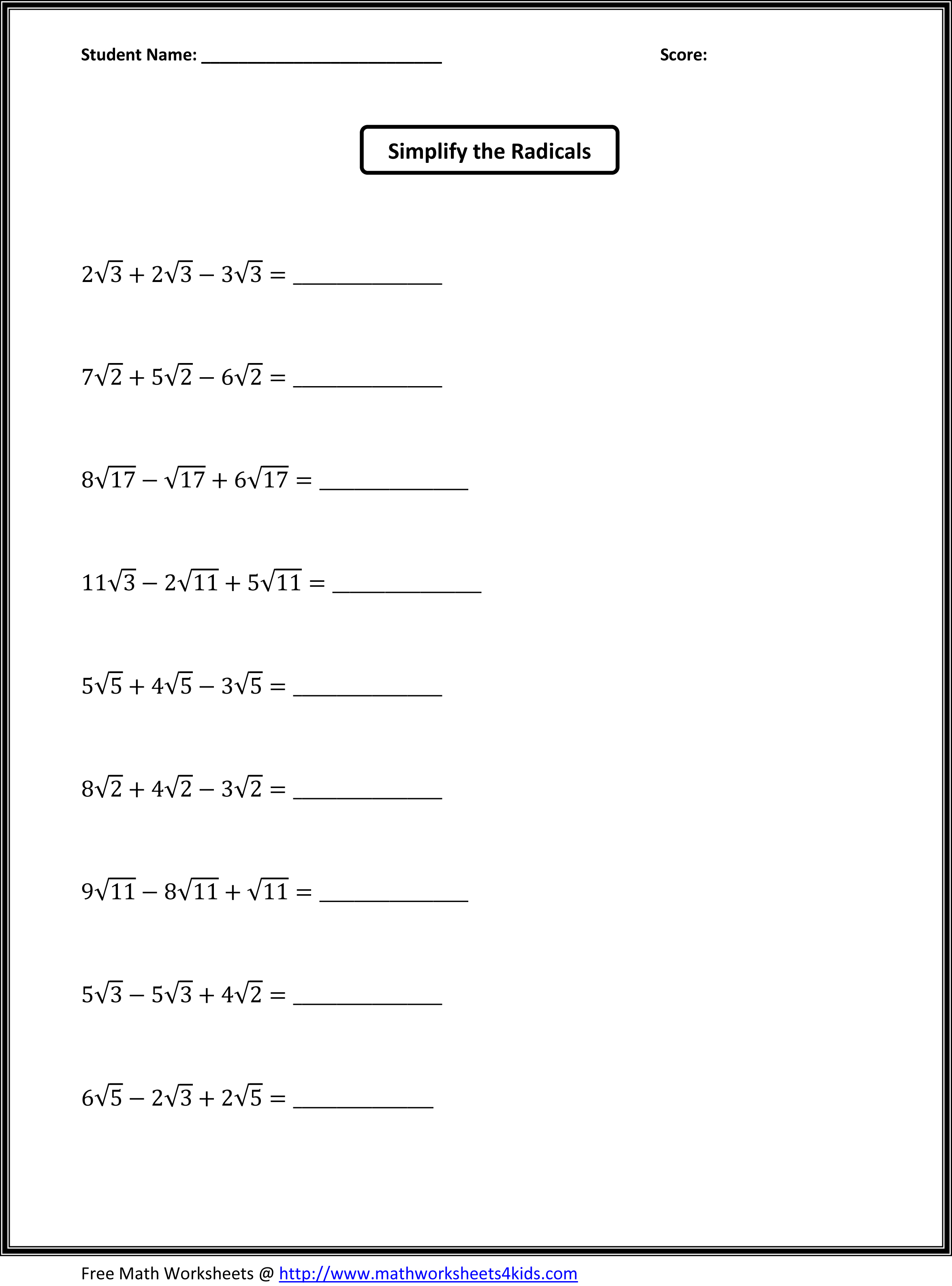



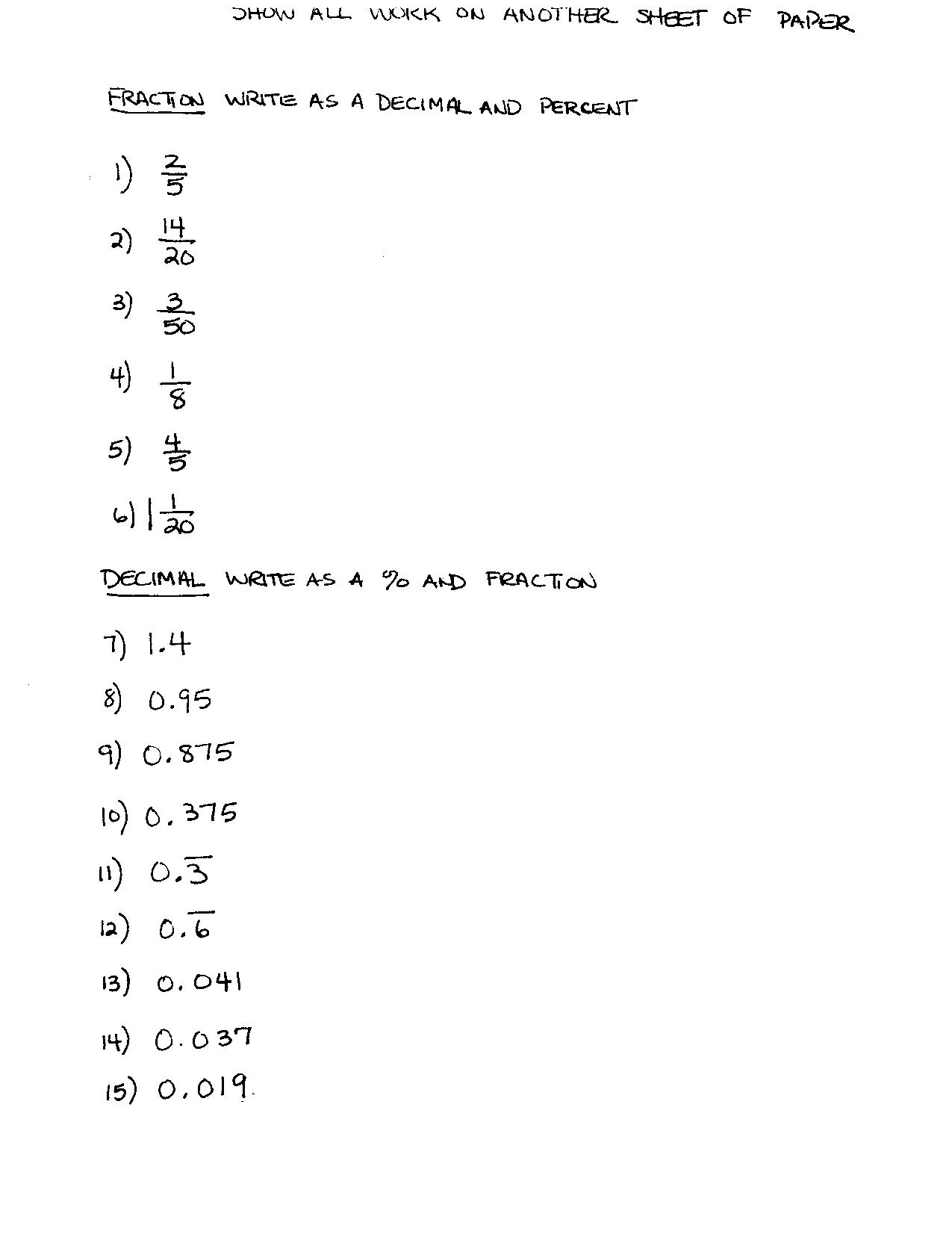
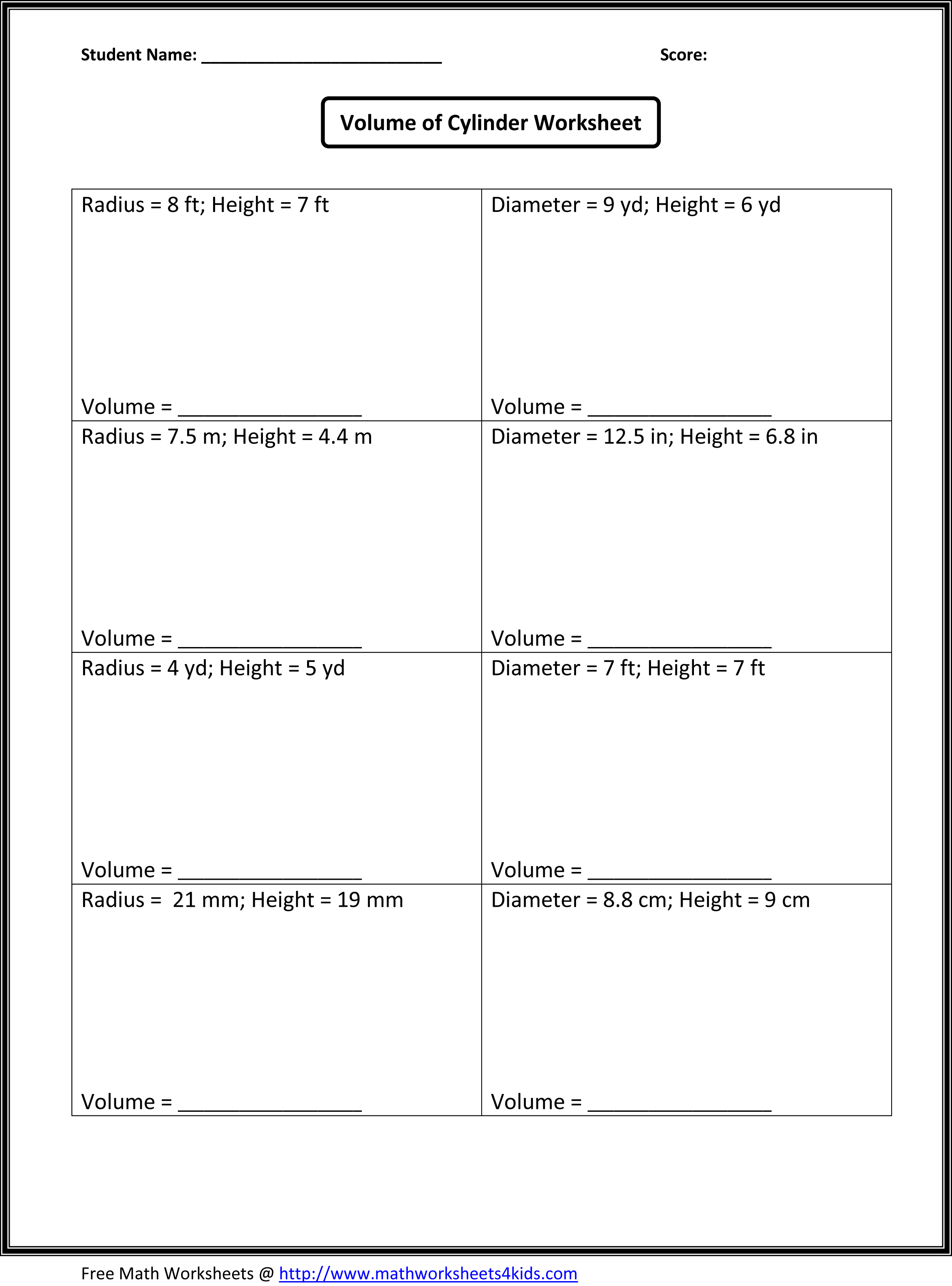
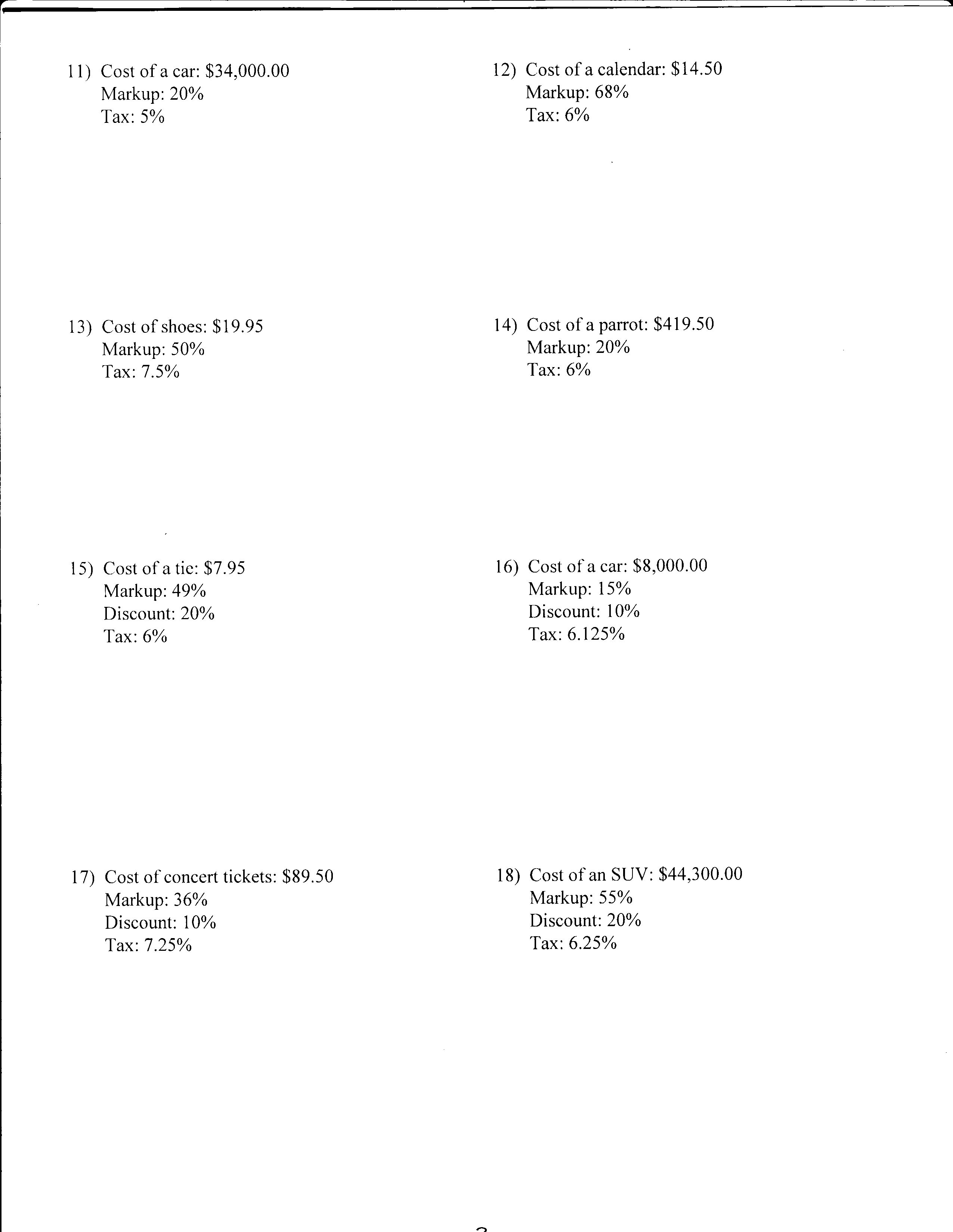
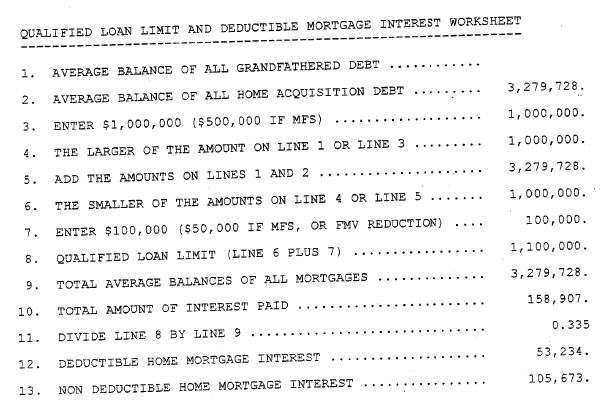
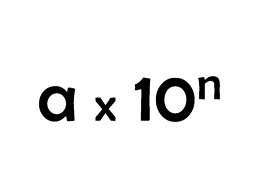
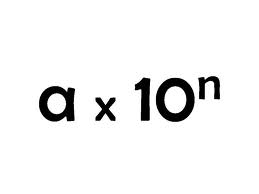
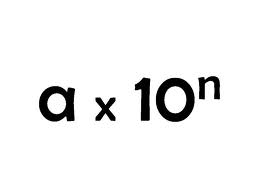
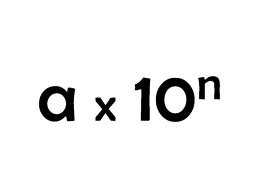
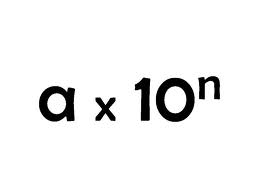
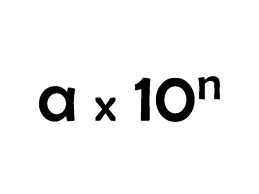
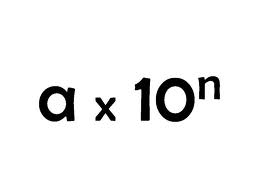
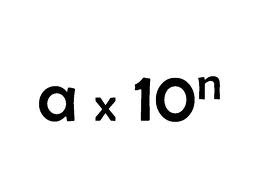
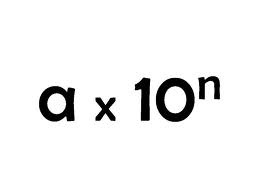
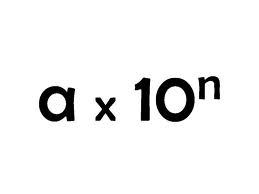
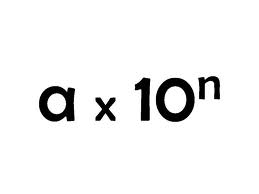
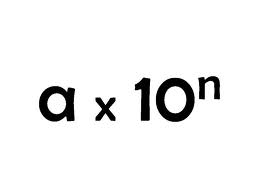














Comments